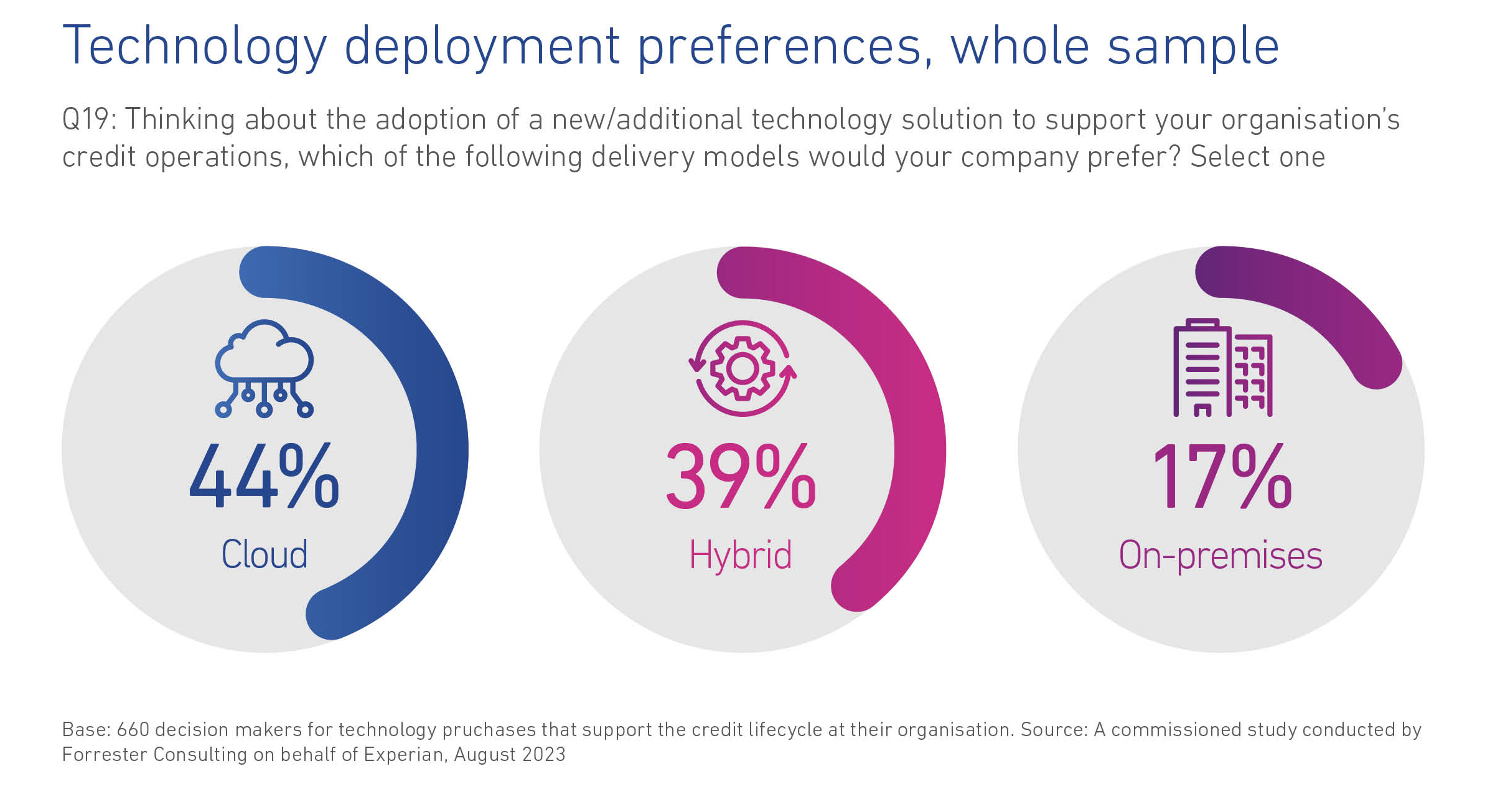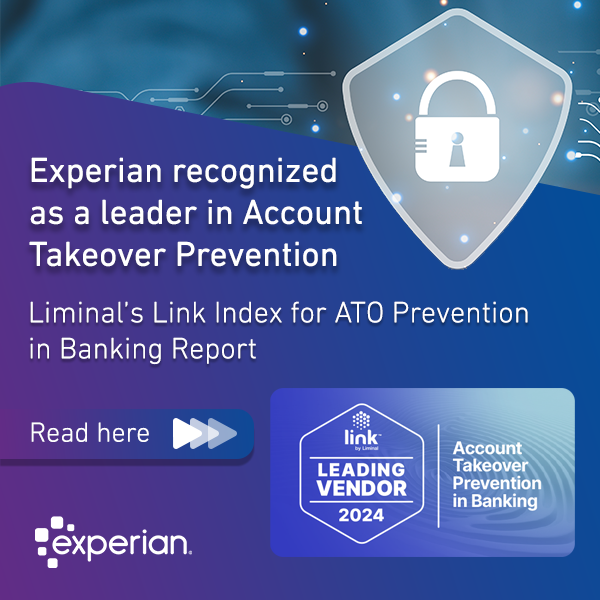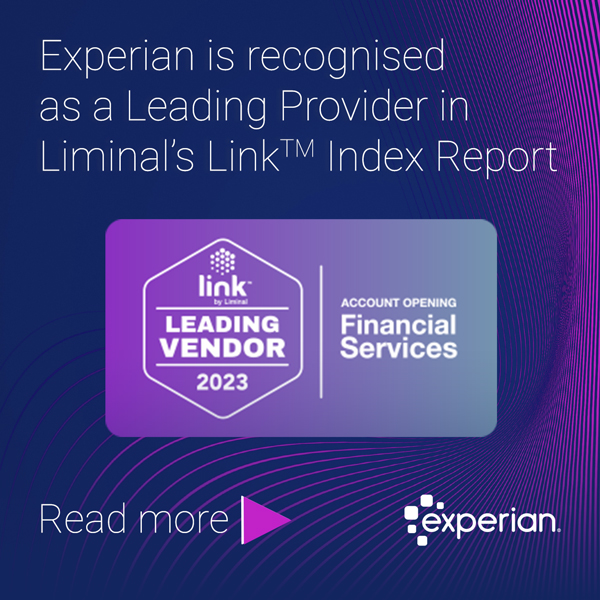Why agile data integration is key to profitability and reduced time-to-market for lenders, and how businesses are looking to cloud, alternative data sources and self-serve to enable this opportunity.

“Data integration is increasingly critical to companies’ ability to win, serve, and retain their customers. To accelerate their performance in data integration, companies are evaluating and adopting a range of contributing technologies.”
The Forrester Tech Tide: Enterprise Data Integration
As the digital world expands, new and alternative data sources continue to emerge rapidly. With this exponential growth comes the need for financial services companies to integrate new data sources into models quickly and seamlessly. The ability to respond promptly to market changes that require new data sources can significantly reduce time to market for lenders, improving customer decisions by using a mix of traditional and alternative data that ultimately raises approval rates and, in turn, profitability.
Research conducted by Forrester Consulting on behalf of Experian shows that a lack of available data is one of the three top technology pain points for tech decision-makers at financial services businesses.* According to the same research, 29% of respondents said that acquiring new customers that match the businesses’ risk appetite is a current challenge, while simultaneously reporting that credit scores still dominate data in decisioning. As more data becomes available, the gap continues to widen between what is possible, and what the reality is for financial institutions.
With more data accessible through APIs, lenders have the opportunity to enhance their data analytics capabilities, leading to more personalised loan offers and cross-selling products. Our research supports this: 47% of banks and 52% of FinTechs say that increasing personalisation is a top priority. However, at the same time, data integration opportunities also pose challenges for lenders, namely around security, compliance, and cost.
Data access and integration challenges
As the prospect of open banking proliferates, newly proposed rules by government bodies such as the Consumer Financial Protection Bureau (CFPB) around consumer data sharing could significantly open financial data access through APIs, further enabling the potential for partnerships between financial institutions and data aggregators.
Although open data access and the integration of third-party services present lenders with challenges around the cost of cloud services and total ownership, according to a recent trends report from Datos**, financial institutions will need to invest in secure, scalable, and compliant cloud infrastructure to handle the increased data flow and integration requirements.
Cloud deployment: enabling data integration
Adopting new credit operations technology is pivotal to data-driven strategy for lenders and deploying that technology in the right way can be critical. Cloud makes it easier to connect data feeds, allowing different internal departments to safely work with data from a variety of sources.
Most respondents in our study prefer cloud-based technology, with 83% citing that a cloud or hybrid solution is the preferred deployment option and just 17% seeking on-premises deployment.

Self-serve data integration
Another key component of agile data integration is enabling users in-house to manipulate data sources flexibly. By speeding up the data integration process with low-code and no-code platforms and tools, businesses can customise their APIs regardless of in-house team experience, allowing data integration to happen in days instead of weeks.
“Increasing use of low-code and no-code capabilities give business users the ability to create more customized and packaged business analytics capabilities with business-centric modularity and embed into applications via APIs to serve their business objectives.”
Gartner’s Top Trends in Data Analytics, 2023
Improving data integration is central to the quest for speed and agility in today’s credit risk market. With 25% of business respondents citing that they prioritise investment in initiatives that accelerate time to market in response to business and market changes, organisations are ready to capitalise on the opportunity. According to Datos, in 2024, next-generation core banking platforms are poised to address these challenges, providing flexibility, agility, and configurability, along with cloud-native benefits, ensuring financial services institutions stay competitive in the rapidly evolving technological landscape.**
*In a study conducted by Forrester Consulting on behalf of Experian, we surveyed 660 and interviewed 60 decision makers for technology purchases that support the credit lifecycle at their financial services organisation. The study included businesses across North America, UK and Ireland, and Brazil.
**Datos Top 10 trends Retail Banking Payments 2024




